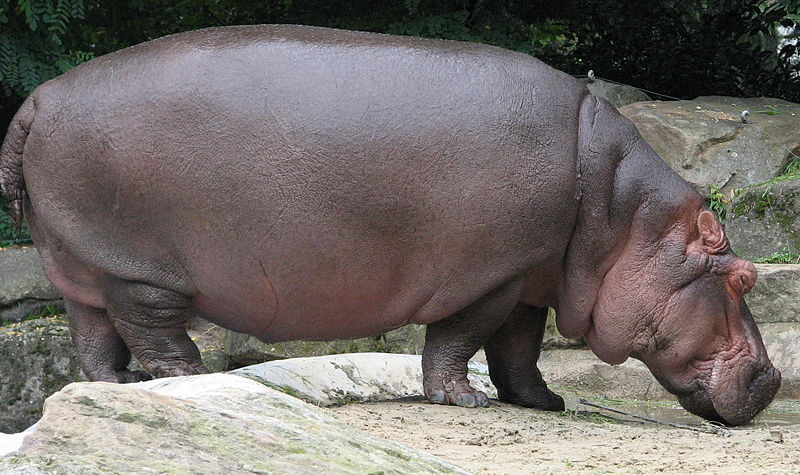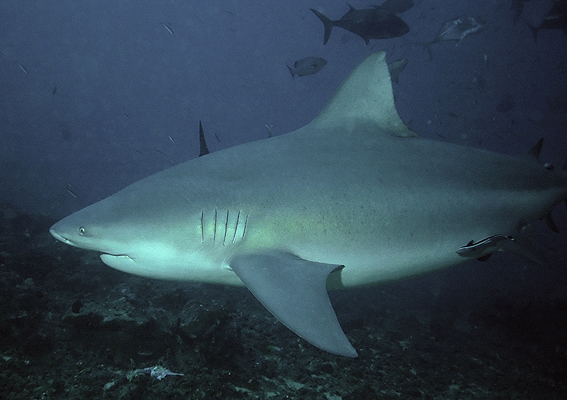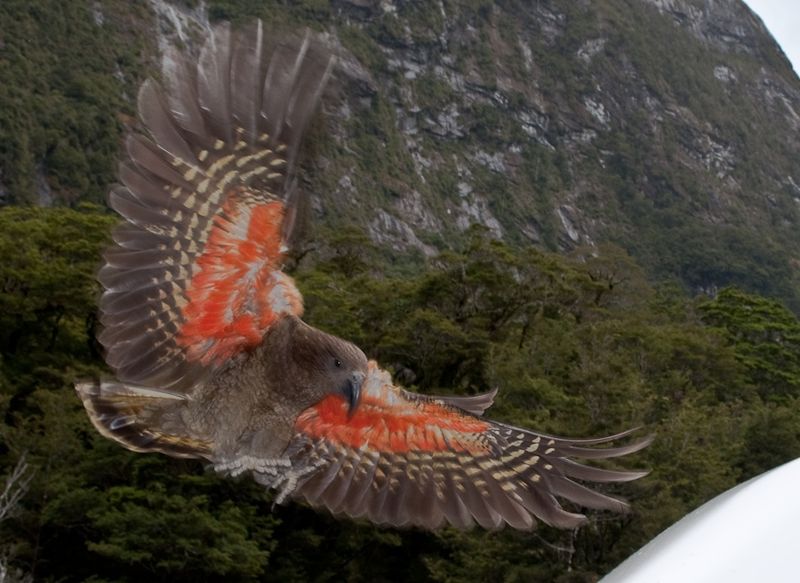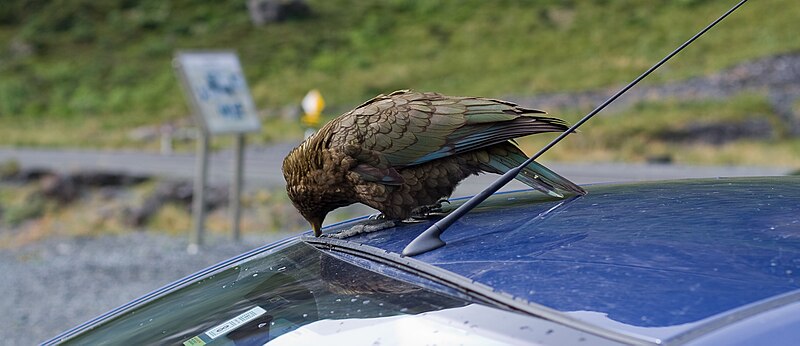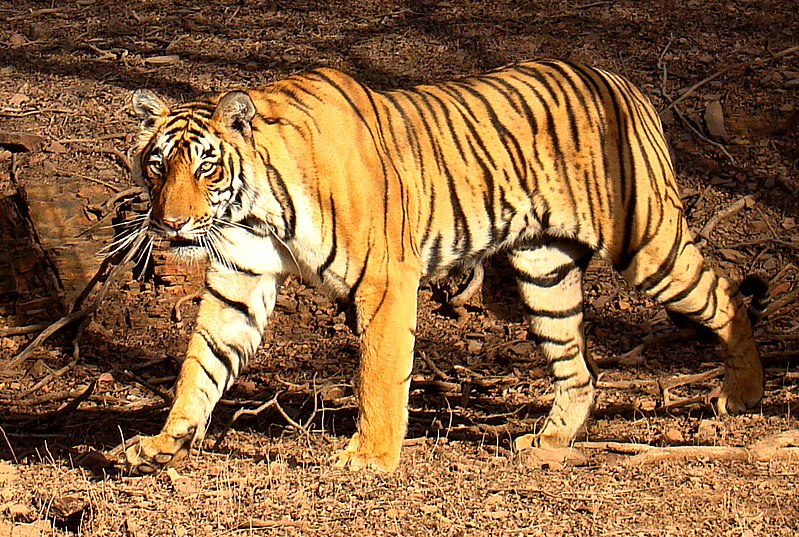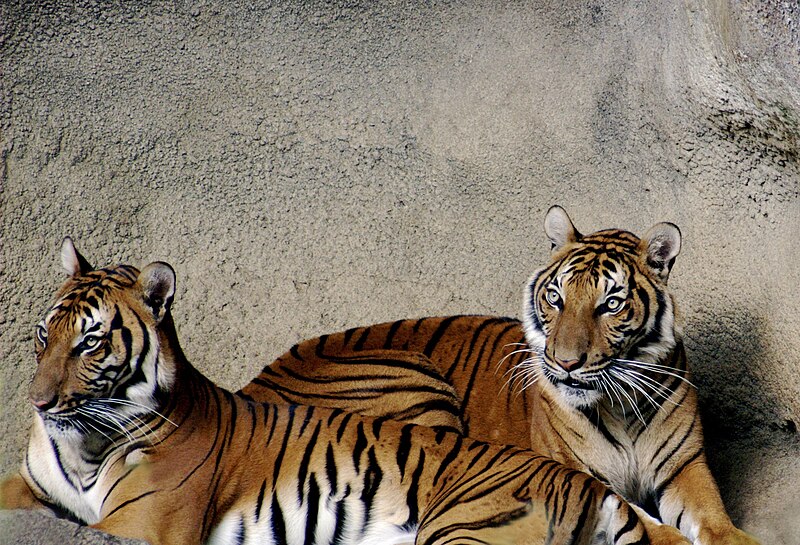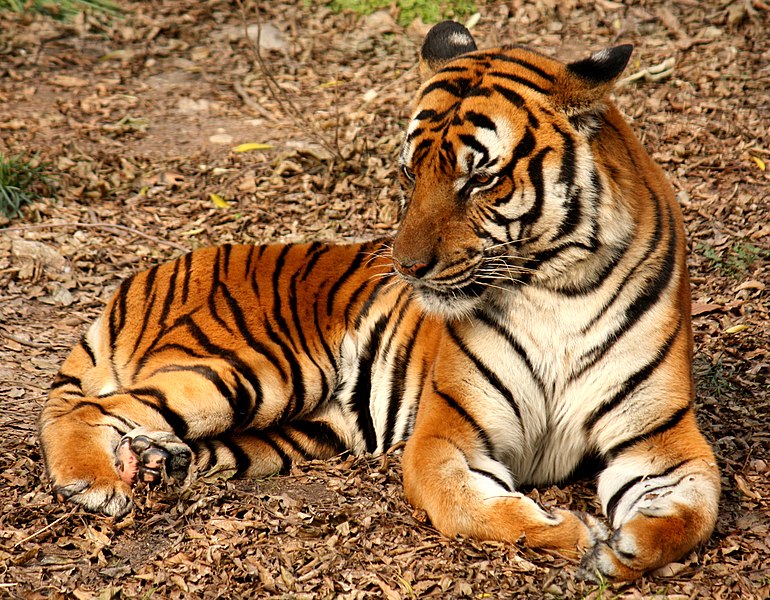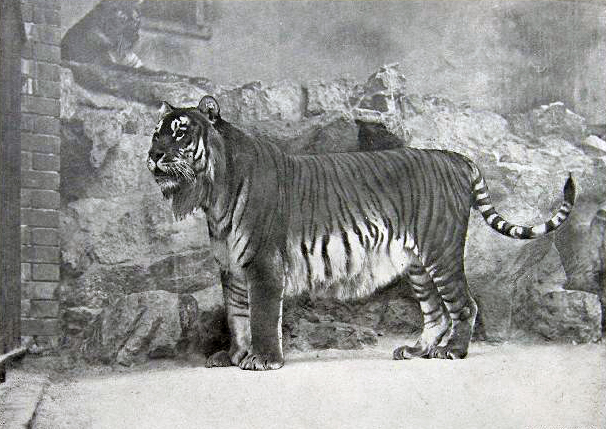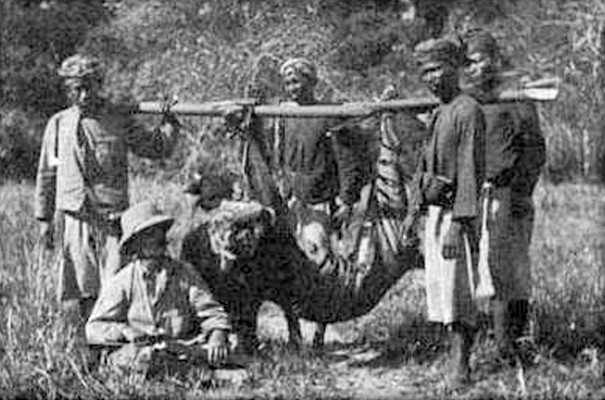Hi
guys, welcome to today’s post. As always, before I get to the new stuff, I’ll
give updates on the old stuff.
First
of all, the Christmas play, “A Big Misunderstanding,” is still on hold until we
get some actors. December is approaching very
fast, so if we don’t get actors soon, we might have to wait till next year! And
everyone knows that’s way too long to wait. So if you would like to help,
please contact me at animaladventures@aol.com to get locations, times and
other need-to-know information.
The
stop-motion film I will be working on, “Animal
Face-Off: Hippo vs. Bull Shark”, will begin production during the first
week of October (Lord willing). So it’s not that long to wait. I am also
working on another great work, that will come out after I finish the Face-Off series. I don’t want to give away too
much, but I will say it’s very cool.
Boy
time flies doesn’t it? It’s fall already! For those of you that don’t know, fall
began on the 22 of September, five days ago. A lot of things are getting ready
for the season. Humans are gathering food from gardens and fields, and we are
also getting ready for a big holiday: Halloween (I don’t celebrate Halloween,
but we’ll talk about that a little later). Nature is getting ready for the
change from summer to autumn as well – God gave the leaves on the trees the
ability to change colors. Some trees shed their leaves, others just lay dormant.
Some plants will wither and die. Animals are also getting ready for the change.
Bears will be entering hibernation and some birds will be flying south for the
winter for instance. Every day around 7:30ish a.m., while I am typing something
on my computer, I will hear Canadian Geese honking as they fly over my house. I
suspect I won’t see them any more soon until spring arrives once again.
Trees
and other plants have an agenda of their own: get rid of their seeds so they
can be ready to reproduce in the spring. But how do they do this? Well, many
get rid of their seeds in a way of deception. Some for instance encase their
seeds in delicious-looking (and tasting) nuts. This is when a cute little mammal
comes into the scene: the squirrel! We have bunch of these guys living in a giant
oak tree in front of our house. They chitter and jump around up there all
the time. They now how to make a mess too! Acorns and leaves litter our
driveway. Sometimes, an acorn will hit me square on the head! (But unlike
Chicken Little, I don’t go around screaming, “THE SKY IS FALLING!!!”) As we all know squirrels will go nuts for . . . well, nuts! They spend a lot of their time collecting
them and storing them underground. But sometimes the squirrel will forget a few
nuts, so the nut has the opportunity to grow into a mighty tree! Squirrels
are also being “green” this fall. Next time you go outside, see how many squirrels
you can spot in a tree. If you’re quiet, you might even see them bury a nut for
later.
 |
| As we all know, squirrels love these things! |
Fruit
has always been tempting to eat. Even back in Genesis, Satan tempted Eve to eat
the forbidden fruit God instructed not to eat. Of course, today for the most
part it is good to eat fruit (it wasn't that Eve eating the fruit was bad, it was the disobedience that was bad, but that's a whole other topic!). When humans eat fruit, they normally just spit
the seeds out in the trash, depending on the type of fruit (it's very hard to spit banana seeds out, they are just too tiny). But animals don’t spit their seeds out a lot. They normally eat the fruit, seeds and all. Birds often eat fruit,
but while the fruit’s flesh deteriorates in the stomach acids, the seed stays
intact and comes out when the bird takes a “bathroom break”. The seed then
falls to the ground and is ready to sprout, often times miles from the parent
plant. The bird droppings even act as fertilizer for the baby seed. Some fruity seeds include, peaches, apples, bananas, raspberries, blueberries and sunflower seeds. This rule
exists in other places too. Take the African Savannah for example. Antelopes, impalas, and giraffes can take seeds many miles across the Savannah! When you go outside, look for
trees or shrubs with fruits on them. You can open the fruits up and check out
the seed package inside.
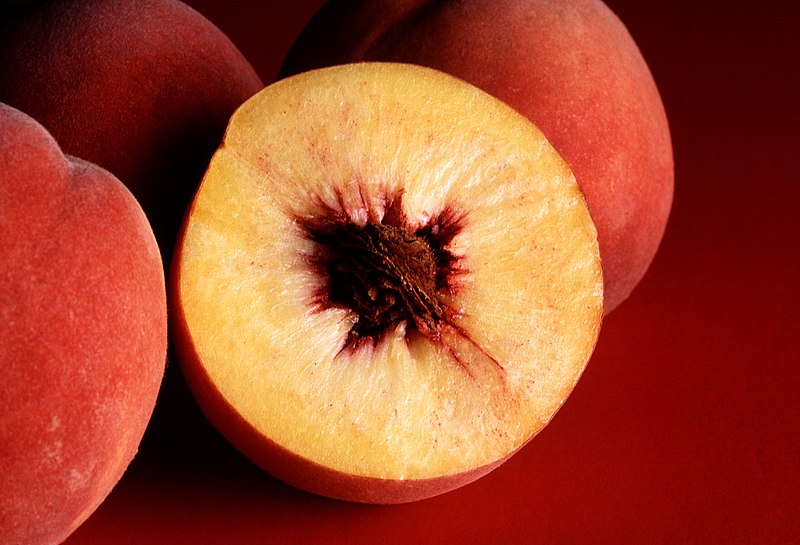 |
| The fleshy fruit surrounding the seed of a peach |
Back to North America! Some seeds prefer a different method of getting around.
Small seeds such as jewelweed, violets, and witch hazel come in little, leafy seedpods.
Then at just the right moment, the seedpod will pop open and little seeds go
whizzing through the air and land far from the parent plant. Neat trick! You
can try out this trick! Try touching a seedpod and if it’s the right time, the
seeds will pop and fly off to a new destination!
 |
| These pods look about ready to pop! |
Some
seeds like to get places a little quicker than that. They prefer to stick to moving objects, literally! The
seeds of sticktights, burdock and a bunch of others have seeds called burs. You know those spiky objects your
dog comes home with in its fur and they take forever to pull out? Those are
burs. The bur trick of moving from place to place is to hitch onto to a passing
object, such as a dog, a cat, a deer, or even your clothes. You probably
guessed that the little spikes on burs keep them clinging on, and you would be
correct. The burs simply stick onto whatever they stuck to until they either
fall off or the animal (or person) scratches it off! Next time you get a bur on
your dog or yourself, instead of throwing it in the trash, look at it closely
in a microscope to see what these little guys look like up-close and personal (just
don’t get pricked on those spikes!).
 |
| Did you know burs gave inspiration for Velcro? |
Another
way seeds get around is by whizzing through the air. Instead of falling off the
tree, maple seeds just get carried off by the wind to lands afar. They have
curved “wings” that help it spin in the wind like a helicopter blade does. My
sister, Halle and I used to play with them all the time. We would pick up a bunch
of them and throw them up in the air and watch them spin! What fun that was!
You can give it a “whirl” too, just get some spinners and toss them in the air
and watch the fun!
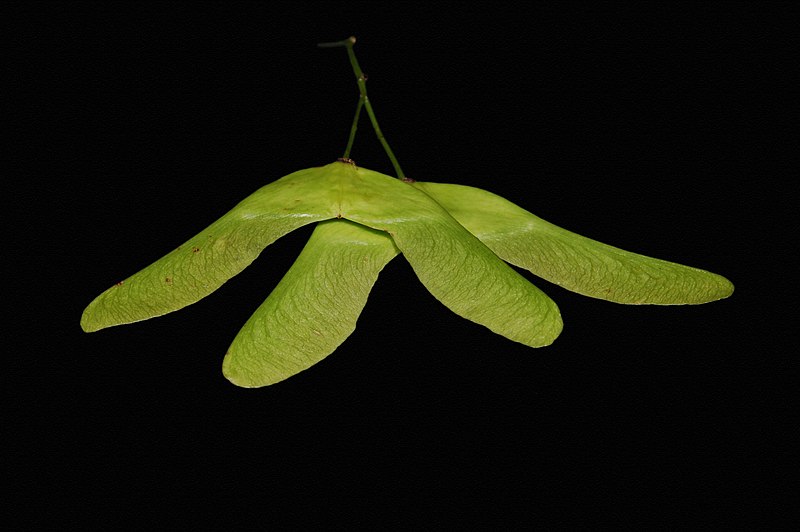 |
| These little guys will appear to "flutter" to the ground after falling off a tree |
The
only problem with the “whirly seed” trick is that the landing has got to hurt if the seeds could feel pain, they would probably scream after falling. One seed doesn't just float in the air and plop down, it gently descends down to earth.
You may often blow the seeds of dandelions, milkweed and other plants. These
plants have their seeds in, or connected to little tufts of fine, silky hairs.
Normally these hairs are tossed about by the wind before gently drifting down
to the ground and growing up where they land. However, you can help with this
process too! Just get a little dandelion seed and blow really hard. See how far
you can get it. You could even have a dandelion race with your friends (just
don’t breathe in or you’ll get a mouthful of fluff!).
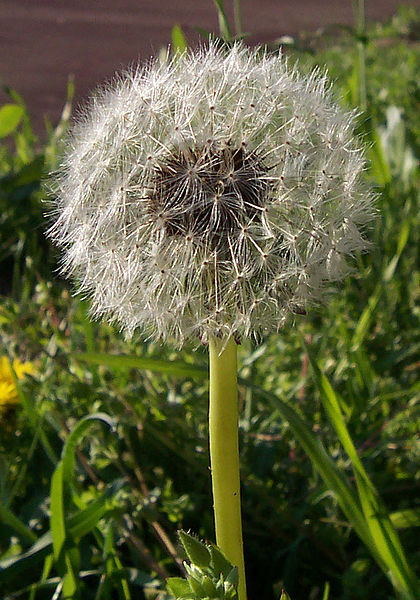 |
| If you were to blow on these, they'd go up, up, up and awa-a-a-a-a-ay! |
While
drifting in the air and gently descending down is really fun, what happened
if the seed fell in a pool of water? A pond? A lake? A sea? An ocean? The poor
little thing would probably not have the opportunity to reproduce. Spinners, burs, and acorn-like nuts can’t travel across bodies of water easily (some
fruity seeds can because they are inside an animal’s body while traveling). So
therefore, most air-floating seeds can’t cross large bodies of water without
falling in it. But some seeds can cross large bodies of water, even oceans.
Some seeds such as coconuts can do this. So when a coconut falls
into the water, it can float to new places such as islands. Talk about wide-spread! Coconuts aren’t the only
water-floaters rocking the dock! Try to get some seeds where you live, toss
them in a puddle or a pond and see if they float. (now hearing the rest of this
posts title makes sense: . . . but the
only place they could seed, seed, seed was the bottom of the deep blue sea,
sea, sea! See?)
 |
| A Coconut sprouting a leafy stalk |
Wow,
seeds are way more impressive than what meets the eye! They really know how to
get around don’t they. Seeds are just another example of a beautiful creation
God has made for us to enjoy!
Thanks for joining me today. Be sure to check
back next Thursday to see what’s what in the amazing world we live in. Goodbye!
PS:
Have a puzzling question about myself, nature, animals (including dinosaurs),
Creation, God, my book, “THE KING ON ACROSS”, or etc.? Post your question as a comment or send an email to animaladventures@aol.com.
PS
2: Can’t get enough of nuts? Then you and squirrels have a lot in common! Check
out the latest headline of Smiley’s News to see what my buddy Mr. Smiley has to
say!
PS
3: Don’t forget, if you want to take part in the Christmas play, “A Big
Misunderstanding,” send me an email.
PS
4: Ok, no one thinks this joke is funny, but maybe you will: Why didn’t the
Sloth Bear cross the road? I’ll answer the joke next week.
PS 5: Please help expand our wiki: Exploration Books Pedia! It's free and fun!
